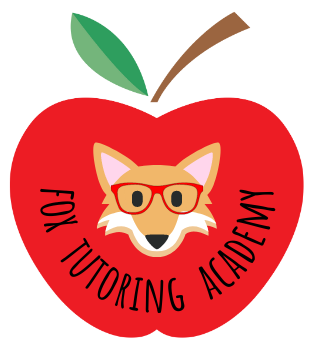Introduction
Understanding a story’s structure is a vital reading skill for young learners. Breaking a story into its beginning, middle, and end helps children grasp the narrative and improve their comprehension. This blog post will combine the concept of story mapping with the beginning, middle, and end strategy, providing parents with explicit guidance on how to implement this approach during read-aloud sessions or with simple books.
The Strategy: Story Mapping with Beginning, Middle, and End
What is Story Mapping?:
Story mapping is a visual tool that represents the key components of a story. It’s especially effective in helping young readers visualize the structure of a narrative, making it easier to understand and remember.
How to Implement:
Introducing the Concept:
- Explain to your child that every story has a beginning (where the story starts and characters are introduced), a middle (where the main events happen), and an end (where the story concludes).
Creating a Story Map:
- Use a large sheet of paper, a whiteboard, or a digital tool to draw three sections labeled ‘Beginning’, ‘Middle’, and ‘End’.
- As you read a story, pause to discuss and fill in each part of the map.
During a Read-Aloud:
- Read a book aloud and intermittently stop to ask your child about what they think fits in each part of the story map.
- Encourage them to describe the setting and characters (Beginning), the main events (Middle), and how the story resolves (End).
Interactive Mapping:
- Let your child draw or write key events or characters in the appropriate section of the map.
- For younger children, you can use stickers or pictures to help them visualize the story parts.
Revisiting the Story Map:
- After reading, go through the story map together. Discuss how the beginning set the stage, how the middle showed the main events, and how the end brought closure.
- This review reinforces comprehension and narrative understanding.
Benefits for Young Readers:
- Enhanced Comprehension: Visualizing the story structure aids in understanding and remembering the story.
- Engagement in Reading: This interactive approach makes reading a participatory activity.
- Development of Analytical Skills: Identifying different parts of a story develops critical thinking and analytical skills.
- Building Blocks for Writing: Understanding story structure is essential for developing writing skills in the future.
Tips for Parents:
- Choose Age-Appropriate Books: Start with simple stories that have clear and distinct beginnings, middles, and ends.
- Be Patient and Encouraging: Young children might take time to grasp these concepts. Encourage any effort they make.
- Make It a Routine: Incorporate story mapping into your regular reading routine to reinforce the skill.
- Encourage Creativity: Let your child express their understanding of the story in their own unique way, be it through drawing, storytelling, or even acting out parts of the story.
Conclusion
By understanding the beginning, middle, and end of a story through story mapping, young readers can significantly improve their comprehension and enjoyment of reading. This strategy not only aids in understanding narratives but also lays a foundation for future literacy skills.

